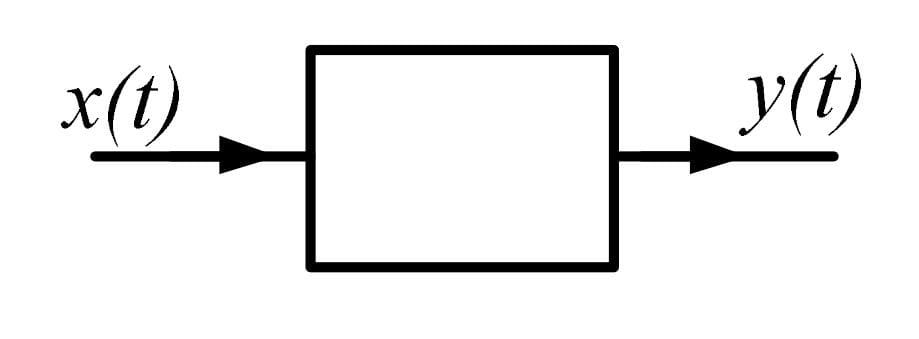Question
Consider the system as shown below
where, y(t)=x(et). The system is
Options :
non-linear and causal.
linear and non-causal.
non-linear and non-causal.
linear and causal.
Answer :
linear and non-causal.
Solution :
Given : y(t)=x(et)
For input x1(et), output will be y1(t)
y1(t)= x1(et)
Multiplying both sides by a scalar quantity ' a'
ay1(t)=ax1(et) ........(i)
For input x2(et), output will be y2(t)
y2(t)= x2(et)
Multiplying both sides by a scalar quantity ' b'
by2(t)= bx2(et) .........(ii)
Adding equation (i) and (ii) we get
ay1(t) + by2(t) = ax1(et) + bx2(et) .......(iii)
Let for input ax1(et) + bx2(et), ouput is y3(t)
y3(t)= ax1(et) + bx2(et)
But, ay1(t) + by2(t) = ax1(et) + bx2(et)
∴ y3(t)= ay1(t) + by2(t)
Hence, system satisfies both additivity and homogeneity law.
∴ The system is a linear system.
From the given system y(t)= x(et)
y(0)=x(e0)=x(1)
y(1)= x(e1)=x(e)=x(2.71)
So, present value of output depends on future value of input.
∴The given system is non causal.
Hence, the correct option is (B).

